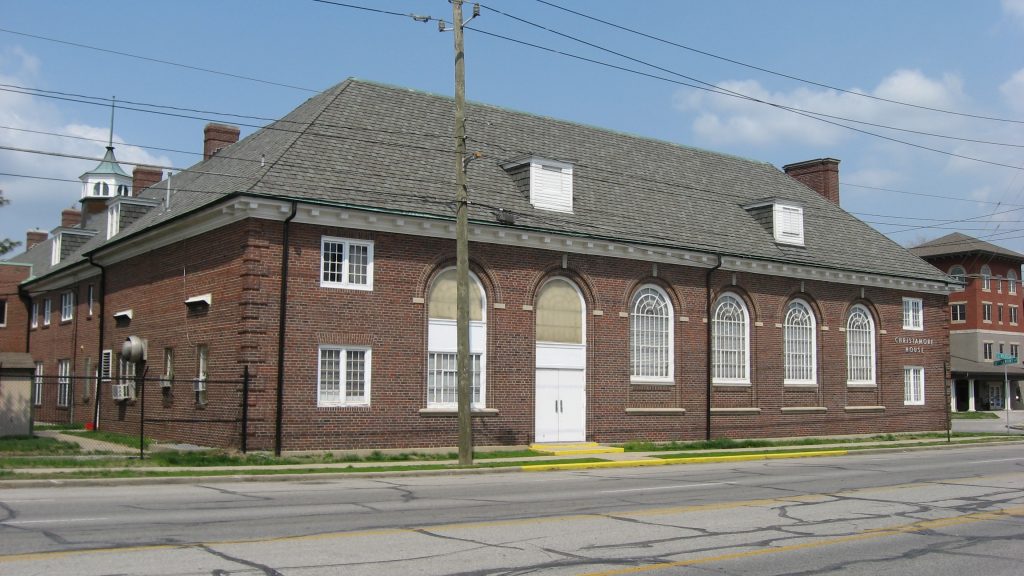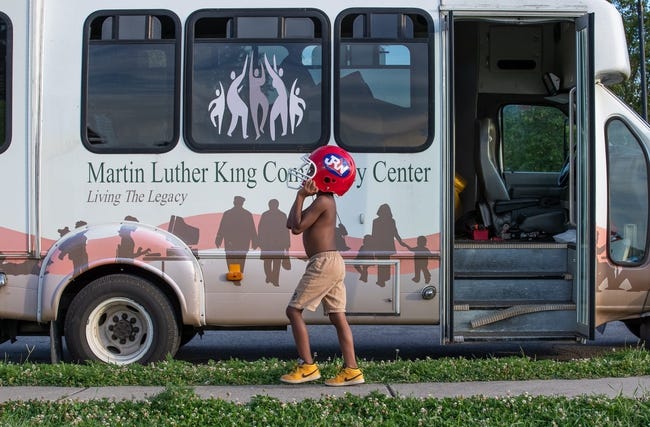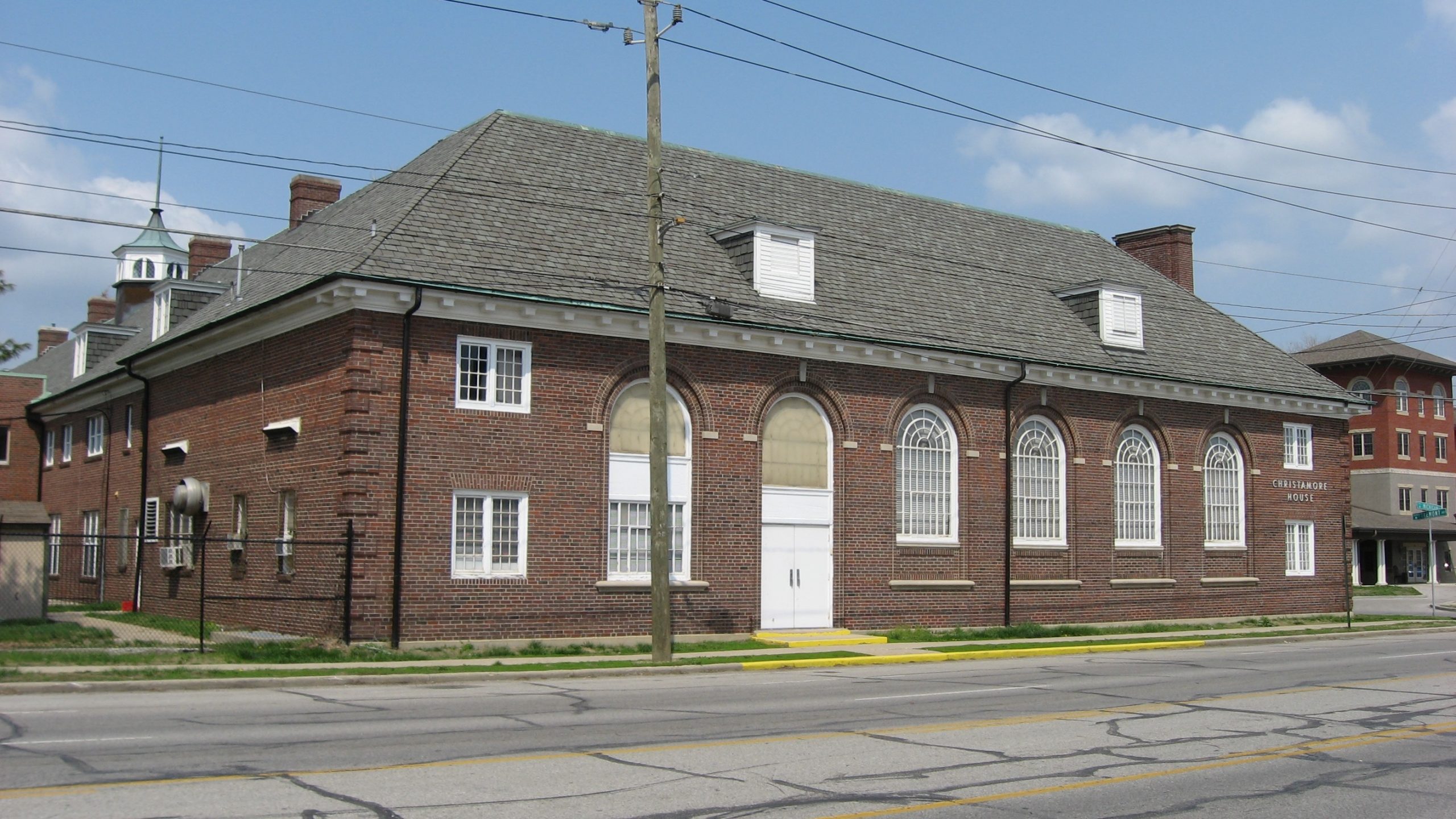The history of Indianapolis community centers is rich and varied, some having their beginnings in local initiatives, others resulting from national trends. Some of the earliest centers, such as (1898) and (1905), were founded as part of the settlement house movement. In the early days of settlements, middle-class volunteers worked with low-income residents in neighborhoods. Settlements played important roles in integrating immigrants into the community with an emphasis on cultural, language, and educational programming.

Other centers with roots in the settlement house movement are Concord Center (1875) and (originally called the American Settlement, 1911). Neighborhood centers sponsored by religious groups have traditionally centered on recreational and educational programs for children, youth, and senior citizens. They also provide emergency assistance with food and clothing. The United Methodist Church sponsors the Community Center and Community Center. Edna Martin Christian Center is connected with the American Baptist church. The was founded in 1924 to serve the growing Jewish population in Indianapolis.
Grassroots initiatives of neighborhood residents created other centers. Hawthorne Center was established in 1923 to provide service and recreational programs. Martin Luther King, Crooked Creek, and Greenleaf centers were founded in the 1970s by neighborhood residents who saw increasing needs in their communities. The variety of centers operating under different auspices created challenges that led to the coordination of services among some centers. In the 1960s, Christamore, Concord, Mary Rigg, Hispanic Center, Hawthorne, and (later renamed Martin Luther King Center) joined to form Indianapolis Settlements, Inc. (ISI).

In the early 1970s, the City of Indianapolis secured federal antipoverty funds to develop a number of multiservice centers, including Citizens, , Southeast, Southwest, Near Eastside, and the . Local neighborhood associations played important roles in founding these centers. Early program focus was on information and referral and on housing a variety of programs of other agencies in order to increase accessibility for local residents.
In 1983 the conducted a study of community centers’ fiscal health. The major funders of human services in Indianapolis responded by creating Community Centers of Indianapolis, Inc. (CCI) as a federation of multiservice centers. The original members of CCI included all the ISI centers and centers established by the City of Indianapolis. They were later joined by Flanner House, Greenleaf, and Crooked Creek. The CCI annual budget came largely from five sources: , city funds, state funds, , and Indianapolis Network for Employment and Training.
Until 2004, Community Centers of Indianapolis acted as an oversight board for fundraising and bill paying for the city’s 12 neighborhood centers. When state funding contracted abruptly, the CCI Delegate Council voted unanimously to dissolve CCI, effectively making each neighborhood center responsible for its own economic survival. Since CCI disbanded, United Way has continued as a significant funder of community centers. has issued a series of significant capacity-building grants to strengthen community centers’ sustainability.
United Neighborhood Centers of Indianapolis, a network of 13 inner-city centers, serves the city’s primary concentrations of poverty by directly helping youth, adults, and families at extreme risk of poverty, crime, and related challenges. The neighborhood centers serve more than 30,000 individuals and families each year by engaging youth, strengthening families, and empowering adults. The United Way supports each of the 13 centers, including Christamore, Flanner House, Fay Biccard Glick Neighborhood Center, Fletcher Place, Community Center, Hawthorne Community Center, the John H. Boner Community Center, and Mary Rigg Neighborhood Center.

Help improve this entry
Contribute information, offer corrections, suggest images.
You can also recommend new entries related to this topic.


